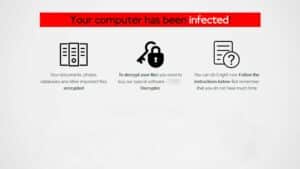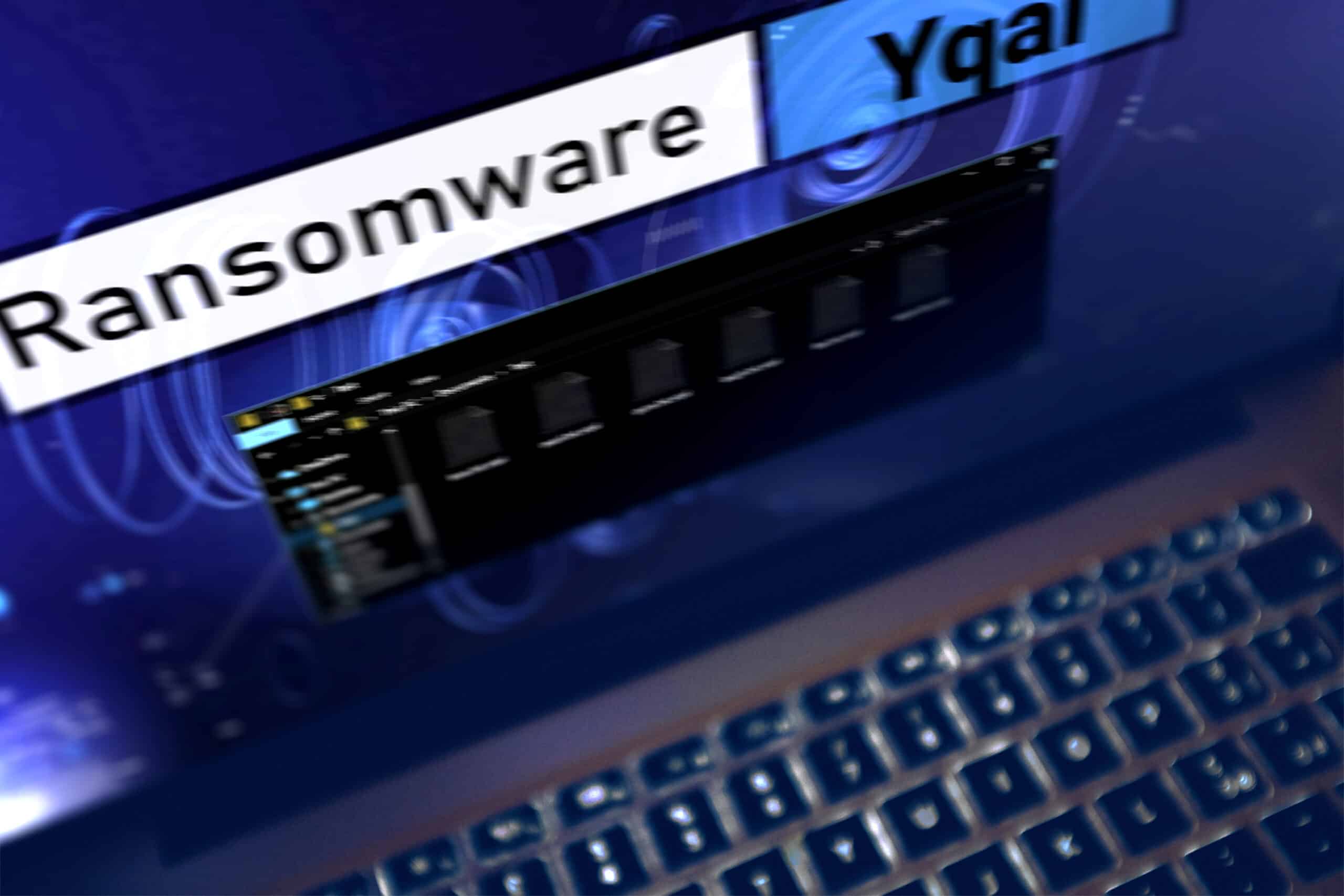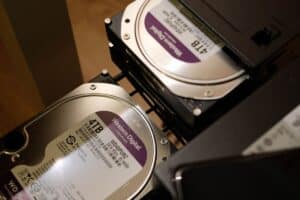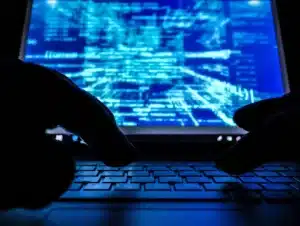
We received a case of REvil Sodinokibi ransomware attack, at the time the group was among the largest and most effective ransomware in the world, the group’s attacks were always targeted at large corporations, and in this case it was no different.

The STOP/Djvu cartel is the author of several attacks, and the damage caused by their attacks easily reaches thousands of dollars. Yqal uses the RSA 2048 + Salsa20 encryption algorithm; the files affected by the ransomware can no longer be opened or altered.
The files can only be accessed via the decryption key which is kept on a remote server controlled by the criminals. All files encrypted by the ransomware are given the .yqal extension.
Once the encryption process is complete, a text file is generated with the ransom terms. It contains the criminals’ e-mail address so that the victim can contact them to make the payment. The ransom amount is determined by the number of encrypted files and the size of the company under attack.
The group gives no guarantee that the decryption key will actually be released after the ransom has been paid, the victim has to rely solely on the word of the criminals, which is clearly not safe.
There are options for recovering files without paying the ransom and without the decryption key. decryption key, Digital Recovery is capable of doing this.
Digital Recovery specialises in recovering data encrypted by ransomware of any size. any size. We have developed unique solutions, which puts us ahead of other data recovery companies.
We can recover encrypted files on HDDs, SSDs, databases, virtual machines, storage, RAID systems, servers and more.
All our processes are exclusive and carried out on the basis of the General Data Protection Act (GDPA), the process is totally secure. Information about the process is confidential and, to guarantee this, we provide all our clients with a non-disclosure agreement (NDA) to ensure the security of both parties.
We do not negotiate under any circumstances with hackers, we have technologies capable of recovering the files even without the decryption key.
Contact us and start the recovery process right now.
Every day, ransomware attacks get
better and better. After a successful
attack attempt, ransomware quickly
maps the user’s most important files to
begin encryption. Microsoft Office files,
databases, PDFs and design are among
its main targets.
Yes, but ransomware is designed not to be identified by the firewall, so it can infiltrate the company’s internal system and disable defences, move laterally and alter backup routines.
The user can identify the action of the ransomware, even if the system can’t identify it. The malware uses the system’s own resources for the encryption process and can be slow to respond to user requests.
File extensions are changed, a specific extension is added that mentions the group of attackers. Watch out for these signs.
Yes, it is possible. But there is a risk that some files will be corrupted. Once you have identified the ransomware’s action on the system, disconnect the device from the Internet, as this will interrupt the group’s communication with the malware; some ransomware can continue encryption even without Internet access.
You can also initiate antivirus countermeasures to isolate the malware and delete it, if the antivirus has not been disabled by the ransomware.
Stopping encryption is extremely difficult because ransomware is designed to disable any system or user countermeasures, reducing the chances of the process being interrupted.
The attacks usually happen when there is a drop in the flow of users in the system, which happens on weekends and holidays, during the early hours of the morning, making these dates suitable for attacks.
There are numerous encryption algorithms, but the most widely used are RSA [Rivest-Shamir-Adleman]-2048 and AES [Advanced Encryption Standard].
First of all, keep calm, criminals count on the victim’s desperation. Follow these tips:
After the first contact and sending of the data we will diagnose the files to check the extent of the damage caused by ransomware, with this we can project the duration of the process and provide the budget.
After the client approves the budget, we start the decryption process, for this we have exclusive software that can, with the help of our specialists, reconstruct the data.
After the end of the process we will do a double check so that the client can verify the integrity of the recovered files.
Payment is only made after delivery of the files and validation of the same by the client.
Fill in the form and we’ll contact you to start decrypting your files.
Always at your disposal, 24 hours a day, 7 days a week

We received a case of REvil Sodinokibi ransomware attack, at the time the group was among the largest and most effective ransomware in the world, the group’s attacks were always targeted at large corporations, and in this case it was no different.

Ransomware is malware designed to break into, in some cases extract and encrypt the victim’s data.

The name hacker is used incorrectly, because hackers don’t do crimes, in this case, the correct term is “cracker”.